Caring for Astilbe: Cutting Back and Dividing for Healthier Growth
Jun 28, 2024
Astilbe is a perennial favorite for landscaping with its feathery plumes and lush foliage. Knowing how and when to cut it back and divide it is essential to keeping it looking its best. These practices ensure vigorous growth and beautiful blooms year after year.
Cutting Back Astilbe
Why Cut Back? Cutting back astilbe is essential for several reasons:
- Encourages Healthy Growth: Removing spent blooms and old foliage promotes new growth and keeps the plant healthy.
- Prevents Disease: Trimming away dead or diseased parts reduces the risk of fungal infections and pests.
- Aesthetics: A well-maintained plant looks more attractive in your garden.
When to Cut Back?
- After Blooming: Astilbe blooms in early to mid-summer, depending on the variety. Once the flowers have faded, you can cut them back to tidy up the plant.
- Late Fall/Early Winter: Before the first hard frost, cut back the foliage to ground level. This cleanup helps prepare the plant for winter and reduces the habitat for overwintering pests.
How to Cut Back Astilbe?
- Tools Needed: Use clean, sharp pruning shears.
- Method: Cut the spent flower stalks back to the base. In the fall, trim the entire plant down to ground level.
- Disposal: Dispose of the trimmings properly to avoid spreading any potential diseases.
Dividing Astilbe
Why Divide? Dividing astilbe is crucial for:
- Rejuvenation: Clumps can become crowded over time, leading to reduced vigor and fewer blooms.
- Propagation: Dividing gives you new plants to expand your garden or share with friends.
- Preventing Disease: Healthy division can prevent root rot and other issues associated with overcrowding.
When to Divide?
- Early Spring: The best time to divide astilbe is typically in early spring, just as new growth begins. This timeframe allows the plant to recover and establish roots before the growing season.
- Late Fall: You can divide the plant after cutting back in late fall, though spring is generally preferred.
How to Divide Astilbe?
- Tools Needed: A sharp spade or garden fork and a clean, sharp knife.
- Preparation: Water the plant thoroughly the day before you plan to divide it.
- Digging Up: Carefully dig up the entire clump, not damaging the roots.
- Dividing: Use the knife or spade to split the clump into smaller rootlets, ensuring each division has at least three to five shoots and a healthy root system.
- Replanting: Plant the divisions at the same depth as the original, about 18-24 inches apart. Water well after planting.
Aftercare
- Mulching: Put a layer of mulch over the new plants to retain moisture and suppress weeds.
- Watering: Keep the soil consistently moist, especially during dry spells, to help the divisions establish.
Tips for Success
- Soil and Location: Astilbe thrives in moist, well-drained soil and partial to full shade. If necessary, add compost to the soil to improve fertility and drainage.
- Fertilizing: Feed with a balanced, slow-release fertilizer in spring to support vigorous growth.
- Monitoring: To maintain plant health, regularly check for pests like spider mites and aphids and address any issues promptly.
By implementing these practices into your gardening routine, you can enjoy the vibrant beauty of astilbe in your garden year after year. Cutting back and dividing astilbe are straightforward tasks that yield significant rewards, ensuring your plants remain healthy and stunning.

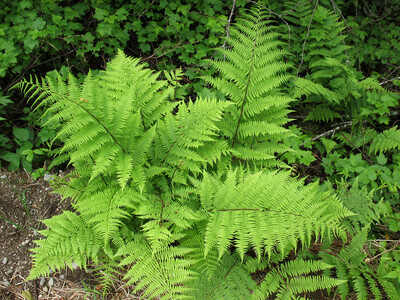 Native Ferns
Native Ferns
 Native Mosses
Native Mosses
 Native Perennials
Native Perennials
 Native Ground Covers
Native Ground Covers
 Native Trees
Native Trees
 Shop By Zone
Shop By Zone
 Flowering Groundcovers
Flowering Groundcovers
 Evergreen Groundcovers
Evergreen Groundcovers
 Pollinators
Pollinators
 Shop Bloom Color
Shop Bloom Color
 Perennials By Zone
Perennials By Zone
 Medicinal Herb Plants
Medicinal Herb Plants
 Spring Bulbs
Spring Bulbs
 Trillium
Trillium
 Ferns for Zone 3
Ferns for Zone 3
 Ferns for Zone 4
Ferns for Zone 4
 Ferns for Zone 5
Ferns for Zone 5
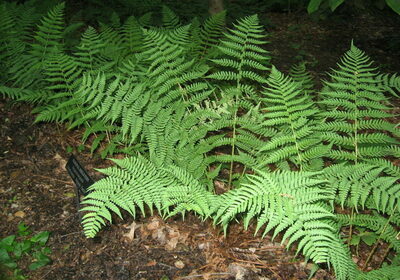 Ferns for Zone 6
Ferns for Zone 6
 Ferns for Zone 7
Ferns for Zone 7
 Ferns for Zone 8
Ferns for Zone 8
 Christmas bows
Christmas bows
 Fresh Wreaths
Fresh Wreaths
 Garlands
Garlands
 Holiday Gift Trees
Holiday Gift Trees
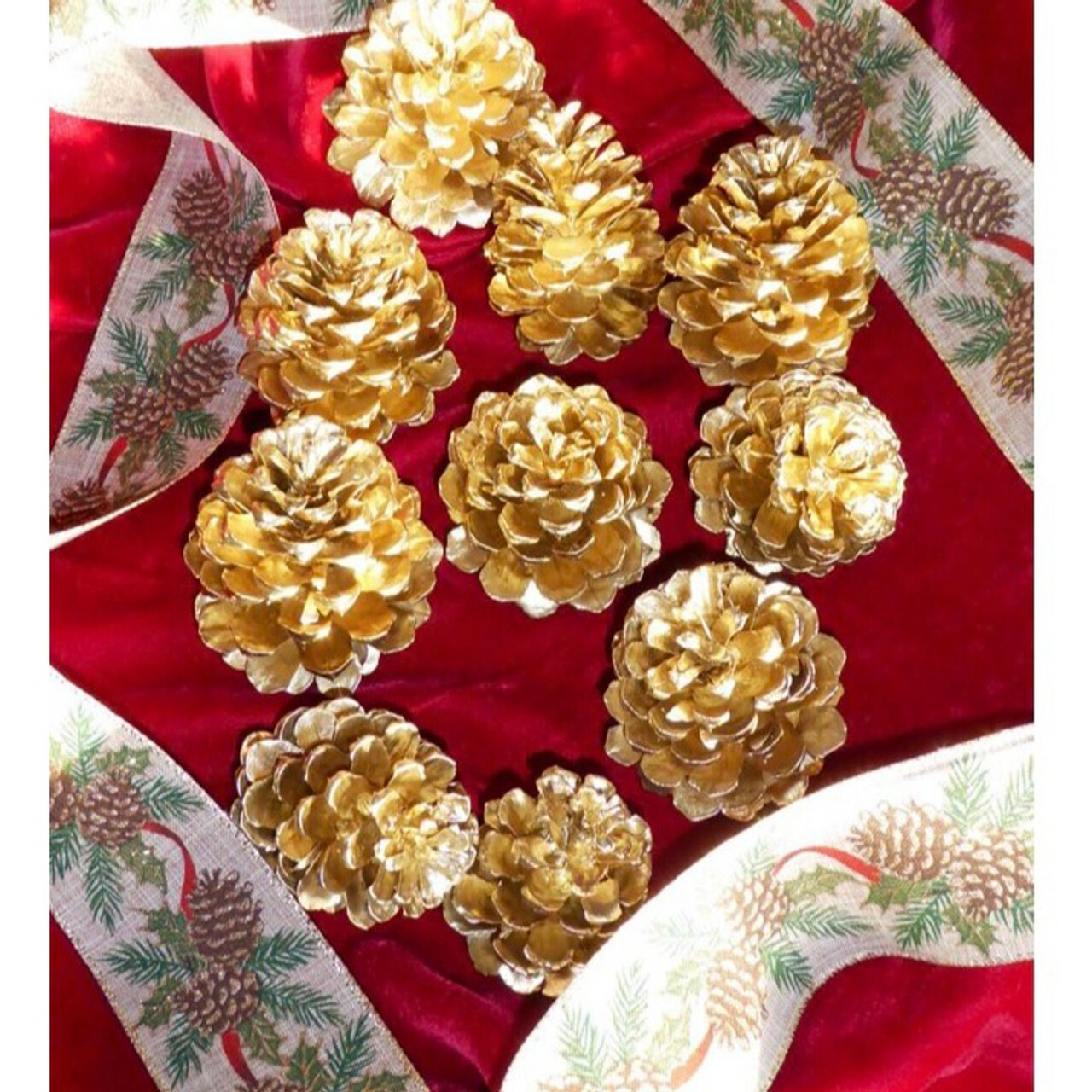 Large Pine Cones
Large Pine Cones
 Live Mistletoe
Live Mistletoe
 Shop Trees By Zone
Shop Trees By Zone
 Tree Seedlings
Tree Seedlings
 Fast Growing Trees
Fast Growing Trees
 Pine Trees
Pine Trees
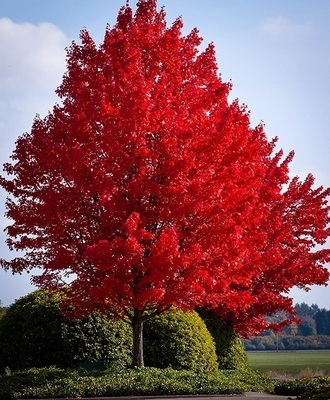 Live Stakes
Live Stakes
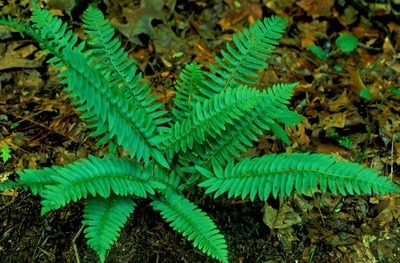 Evergreens
Evergreens
 Cactus
Cactus
 Combos
Combos
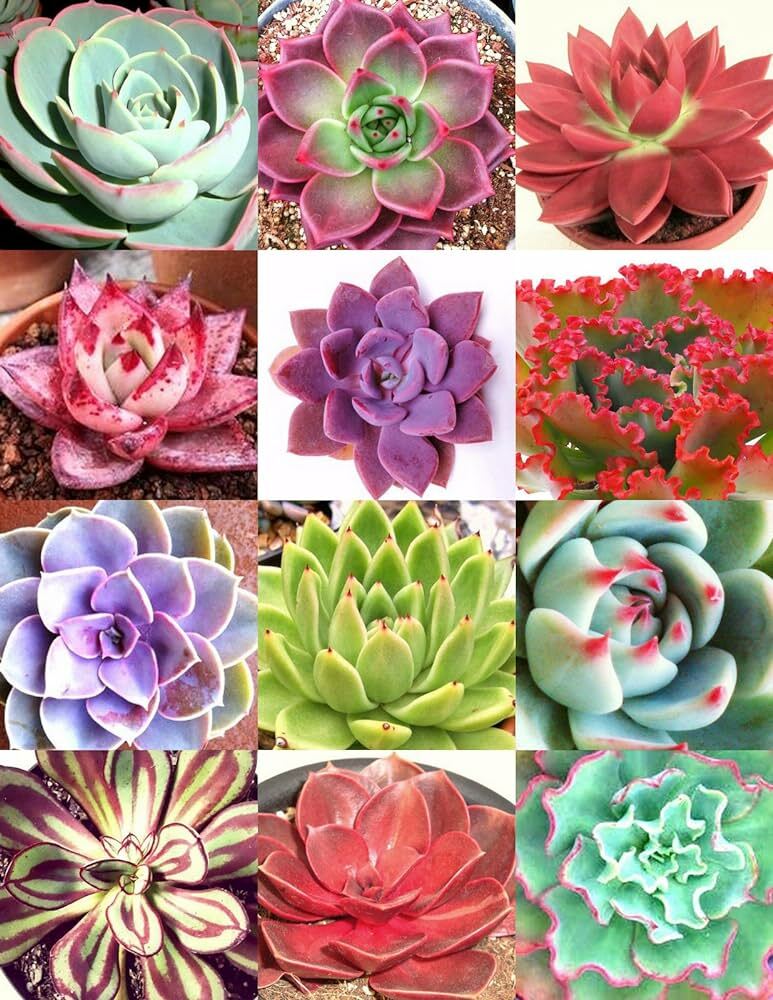 Echeveria
Echeveria
 Haworthia
Haworthia
 Sedum - Stonecrop
Sedum - Stonecrop

